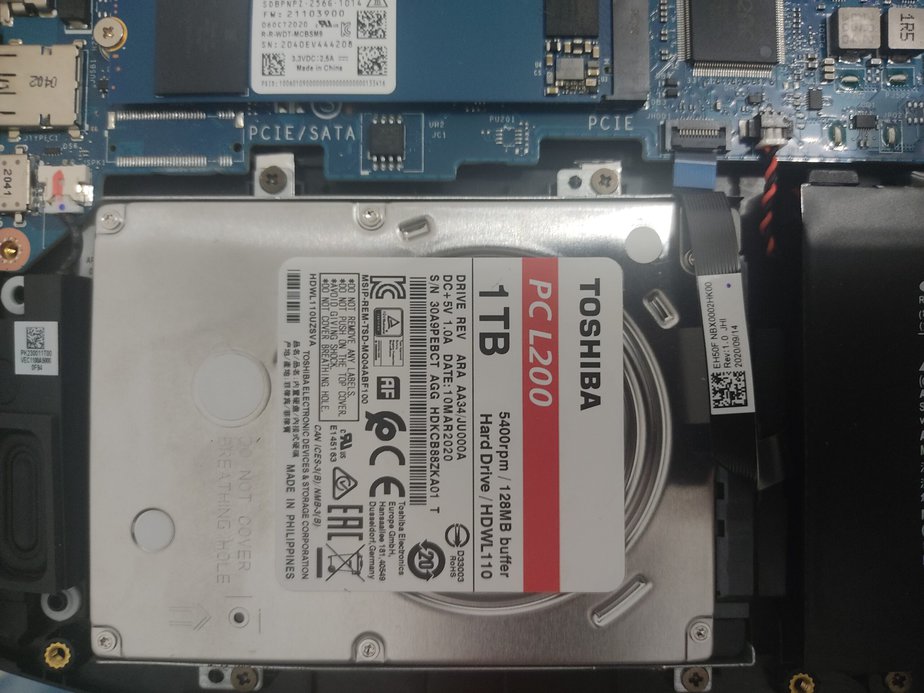Gone are the days when you could make a cup of coffee or cook up a whole breakfast for five during your computer startup. Thanks to technologies like the SDD, a typical computer startup takes as little as seven to nine seconds. But sometimes it doesn’t.
Sometimes, your computer might act like it’s booting on an ancient hard disk drive. For many, this is unacceptable. Your day, your motivation, and the start of your ambitions depend on this fast computer startup– it’s unbecoming for a hundred-dollar machine of the 2020s to behave like this.
RELATED: 8 Best Diagnostic Tools & Methods for Your Computer
Thankfully, it’s not entirely the computer’s fault. Sometimes it’s yours. You might have installed something that didn’t outright ask for permission on whether you want it to open the moment the computer starts up, and it’s now slowing down the boot sequence, turning seven seconds into seventeen (which is an extreme case).
Multiply this with ten applications installed and you have a recipe for a slowdown. You’ll want to remedy this quickly, so here’s a step-by-step process on how to do it.
Make Sure Fast Startup Is Enabled

By default, Fast Startup is usually enabled in some of the latest hardware configurations and Windows installations. However, you would still want to ensure that this one is enabled just so you can rule it out.
- To check, go to Start or the Windows icon.
- Look for Settings and click it.
- Search for the Control Panel either in Settings or in the Windows Search bar.
- Under Control Panel, select System and Security.
- Under System and Security, look for Power Options and click it.
- While on Power Options, look for the “Choose what the power buttons do” menu on the left side.
- Here, you can enable or disable the “Turn on fast startup.” If it’s grayed out, click on “Change settings that are currently unavailable.”
That should enable fast startup both for Windows and in the BIOS of the motherboard. Now, if you find that it was disabled then there’s your culprit. But if it was always enabled and your computer feels slow on starting up, then there might be other causes…
Check Which Apps Are the Culprit

To start, you need to access the Task Manager since it also comes with a boot manager where you can enable or disable certain applications from starting up the moment your computer boots up.
- Press ctrl + alt + delete to open the Task Manager or simply type it on the Windows search bar and click on it.
- On the Task Manager, there are several tabs on the sides or on the top (depending on your Windows version), look for the tab or section named Startup Apps or Boot Manager.
- Here, you can see which apps are programmed to start up along with Windows and even check whether this tendency for them is enabled or disabled.
This Startup Apps tool is your primary and easiest way of speeding up your computer startup. It even shows how much impact certain applications are causing if they’re enabled.
Sure enough, high-impact ones cause longer startup times. You might want to check each one to see if you actually need them starting up right away or not. You can then enable or disable their startup by right-clicking on their status and selecting enable or disable.
Moreover, you can also see how fast your actual computer startup is with the “Last BIOS time” counter on the upper right. It’s up to you what number you find acceptable, but generally, if you have a decent SSD, it shouldn’t take longer than 10 seconds or so.
It’s a good idea to periodically check this section of the Task Manager from time to time to see which apps are getting too uppity or disruptive.
Some Apps Are Crucial

We do recommend being hesitant on which apps to disable on startup, however. Some of these applications are crucial for Windows’ day-to-day operation and disabling them might cause issues or disruptions.
Apps like Windows Security (or anything with security in their name) and audio drivers (usually with Realtek or “Rtk” or “Aud” in their name need to be enabled.
Meanwhile, your games, game services, Discord, Slack, Steam, OneDrive, Microsoft Edge, or even Microsoft bloatware like Xbox Services or even Cortana can be safely disabled. It’s not like you’ll notice their absence, and some of them even consume a lot of resources while running or during startup.
Still, it’s up to you which of these applications you need enabled right away during startup. Just make sure the security and audio applications are given enough permission.
Of Course, Use an SSD
One other factor that we’re not considering is how you’re probably not using an SSD. It’s easy to see if that’s the case.
Just look inside your computer and if you see one of these, then you’re using an old hard disk drive or HDD, they’re generally shiny and metallic:

SSDs look like these two below:


These two devices ensure that your computer starts up as fast as it can (assuming it’s enabled on Windows and there are no apps hampering the speed). It also depends on where you installed your Windows OS. You want it installed on an SSD and simply avoid using an HDD for applications since they’re slow.
Most of the time, it’s best to just reserve HDDs for photos and movies.
Also, do note that certain startup procedures, such as Safe Boot or Restarts will still be slow compared to the typical cold boot using the power button.
That’s about it. Make sure to pass the word around so that you and the people that matter to you can have a few more seconds or minutes of bonding now that your computer isn’t wasting too much of your time with startups.


Leave a Reply
You must be logged in to post a comment.